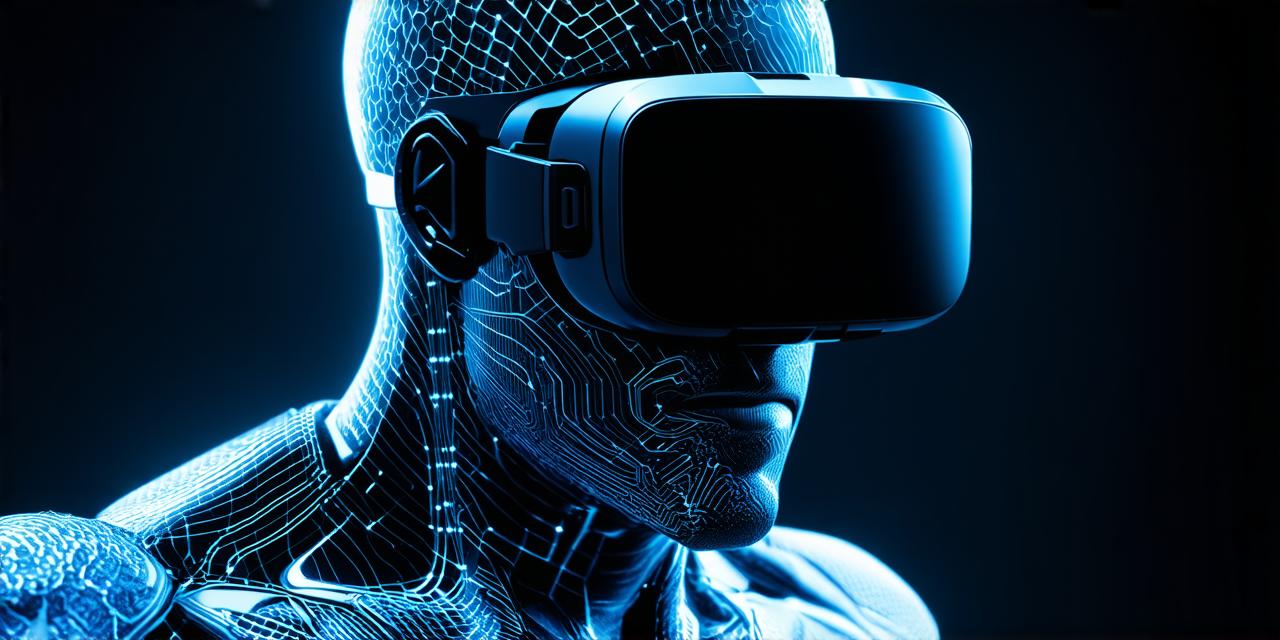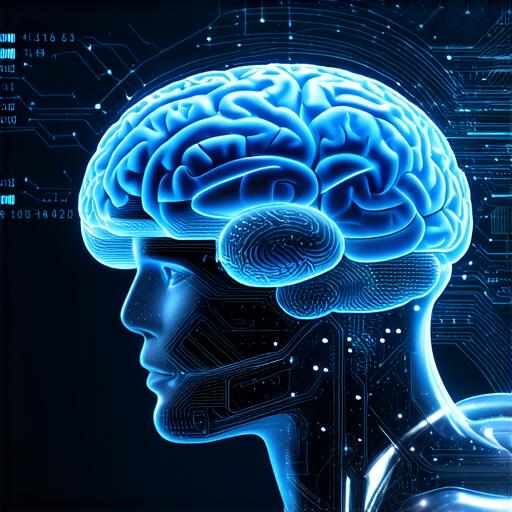
Which body part is the most challenging to train and could potentially gain advantages from virtual reality interventions?
Which Body Part is the Most Challenging to Train and Could Potentially Gain Advantages from Virtual Reality Interventions?
Virtual reality (VR) technology has come a long way in recent years, with many different applications for both entertainment and training purposes. As VR continues to evolve, developers are constantly looking for ways to improve the effectiveness of their creations. One area that has been of particular interest is how VR can be used to train specific body parts or skills.
The Musculoskeletal System: The Most Challenging Body Part to Train
The musculoskeletal system is made up of bones, muscles, and ligaments that work together to support movement and maintain posture. It is also responsible for protecting the body’s organs and preventing injury. However, training the musculoskeletal system can be challenging due to its complex nature and the many different factors that can affect it.
For example, muscles can become weak or imbalanced due to inactivity or injury, which can make it difficult to train them effectively. Additionally, bones and ligaments are also subject to wear and tear over time, which can make it more difficult to maintain their strength and flexibility.
Finally, the musculoskeletal system is highly interconnected, with different muscles working together to support each other and maintain overall function.
Virtual Reality Interventions: A Potential Solution
Virtual reality technology offers a unique opportunity to train the musculoskeletal system in a way that is both effective and engaging. By simulating real-life movements and environments, VR can provide a safe and controlled environment for users to practice their skills and improve their overall function.
For example, researchers have used VR technology to train athletes and military personnel on specific physical tasks, such as running, jumping, and shooting. In these studies, participants wore VR headsets and were immersed in a simulated environment where they had to perform the task in real-time. By providing immediate feedback and adjusting the difficulty level as needed, VR interventions have been shown to be highly effective at improving muscle strength and coordination.
Another area where VR technology has shown promise is in the treatment of musculoskeletal disorders such as osteoarthritis and chronic pain. By creating a virtual environment that simulates real-life movements, VR can help patients learn new techniques for managing their symptoms and improving their overall function.
Case Studies: Real-Life Examples of VR Interventions

One example of the potential benefits of VR interventions for musculoskeletal training is a study published in the Journal of Sport Science and Medicine. In this study, researchers compared the effectiveness of traditional resistance training to VR resistance training in improving upper body strength in older adults with osteoporosis.
The results showed that both types of training were effective at improving muscle strength, but the VR group saw greater improvements in functional performance and quality of life. This is likely because VR interventions provide a more engaging and immersive experience that can help participants maintain their motivation and commitment to training.
Another example of the potential benefits of VR interventions for musculoskeletal training is a study published in the Journal of Virtual Reality. In this study, researchers compared the effectiveness of traditional exercise interventions to VR-based interventions for improving balance and gait in elderly adults with Parkinson’s disease.
The results showed that both types of interventions were effective at improving balance and gait, but the VR group saw greater improvements in quality of life and functional performance. This is likely because VR interventions provide a more engaging and interactive experience that can help participants maintain their motivation and commitment to training.


